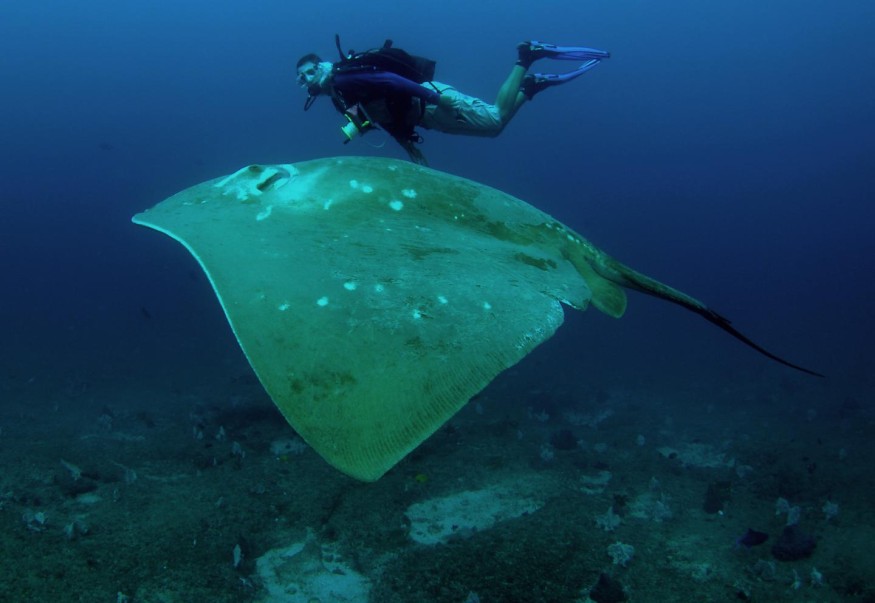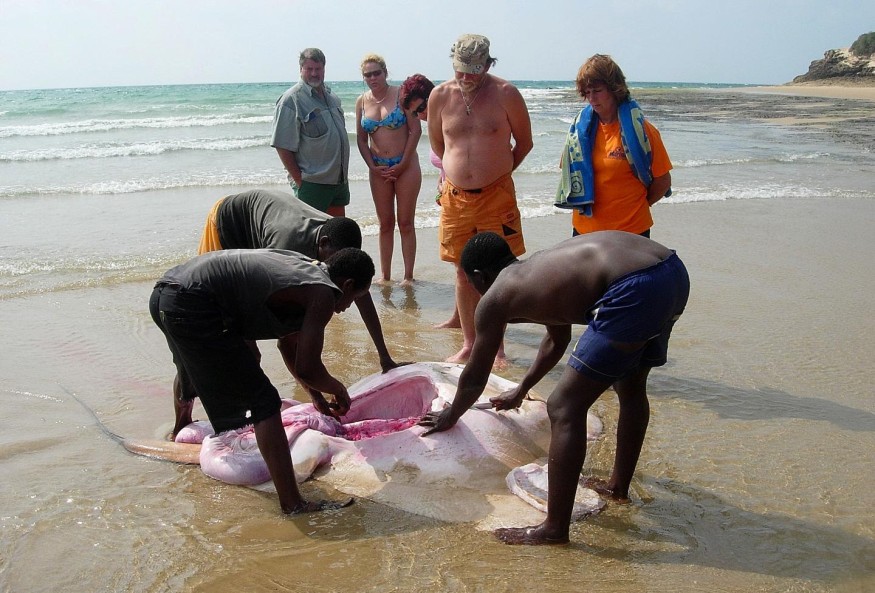=A man who says he was stung by a stingray while on a family vacation at Sentosa's Tanjong Beach in Singapore has warned the public to be wary about marine life when visiting the area.
Benjamin Koellmann, who said he spent three days at Singapore General Hospital (SGH) recovering from the ordeal, posted his story on April 3 on the Facebook group Nature Society (Singapore).
He claimed in his post that he walked on the stingray while swimming with his family at Tanjong Beach on March 28.
A trip to the ER
"What happened was three nights in the ER and some of the most severe nerve pain I've ever encountered, not only at the sting site but even shooting up my leg and down into my foot through regular and supportive doses of heavy painkillers," he said.
Mr. Koellmann said that after he was stung, lifeguards at the beach were swift to react, and he was taken to SGH by ambulance.
He went on to say that both lifeguards and the hospital doctor noted that they had seen another case of the same injury that day at Siloso Beach, also in Sentosa.
"It felt like a hammer striking my shin," Mr. Koellmann said of the sting.
He cautioned others to be cautious before approaching Sentosa's waters, recommending that they shuffle their feet in the sand rather than taking proper precautions.
"On the fourth day, the pain and initial discomfort had subsided, and I was discharged. The agony is almost gone now, and all I can see is a thin scar from the sting. I'm just thankful it didn't hit my baby, who was just about five feet away in the pool! "he said
Related Article : Rising Number of Shark Attacks in Australia Reveals A Darker Story
Warning Beachgoers
"Since stingrays and other marine life are abundant in Singapore's waters," she said, "guests are advised to be careful and take care while swimming at the beaches." "On Sentosa's coasts, there are also signs reminding visitors to be aware of sea life."
If visitors see stingrays or other sea life, the spokeswoman told them not to touch them and to warn other beachgoers and on-ground BPOs.
Stingray Encounters

Stingrays have fins that mimic wings and are smooth, disk-shaped animals. They can be found in both saltwater and freshwater environments. Their sting is a prevalent beachgoer injury, and they're most frequently associated with tropical ocean climates.
In general, stingrays do not attack or even deliberately protect themselves. When they are attacked, their first instinct is to swim away. The stinger in their back gets stirred up as they are attacked by predators or stepped on. When it comes to sharks, their main predator, this is usually effective.
Human Attacks

Despite having possibly dire consequences, Stingray attacks are actually pretty rare on humans.
Humans are usually stung in the lower limb area, depending on the size of the stingray. Stingray stings are most often caused by swimmers or divers inadvertently walking on one, but a person is less likely to be stung merely by coming up against the stinger. Since stingrays sense vibrations in the sand and swim away, surfers and others that reach waters with large numbers of stingrays have learned to slip and/or stomp their feet through the sand rather than take normal steps.
For more news update from the animal kingdom, don't forget to follow Nature World News!
© 2025 NatureWorldNews.com All rights reserved. Do not reproduce without permission.





